Latest
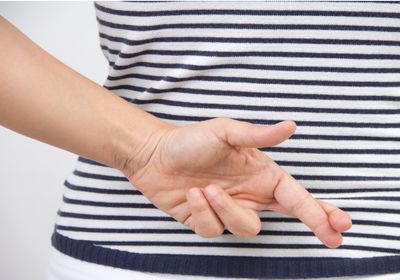
How Does the Placebo Effect Work?
Hannah Thomasy, PhD | Dec 2, 2024 | 2 min read
Placebo analgesia might be all in the head, but that doesn’t mean it’s not real.
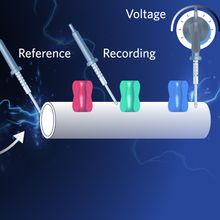
What’s the Difference Between a Voltage Clamp and a Current Clamp?
Laura Tran, PhD | Dec 2, 2024 | 2 min read
Depending on the “clamped” parameter, patch clamp configurations probe different aspects of a cell's electrical activity.
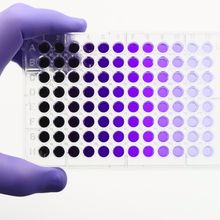
Achieving Consistency in Serial Dilutions
The Scientist Staff | Dec 2, 2024 | 2 min read
Researchers ensure the success of their serial dilution-based assays by using optimized protocols and advanced liquid handling tools.
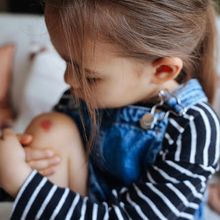
A Beneficial Bacterium Helps Wounds Heal
Sneha Khedkar | Dec 2, 2024 | 5 min read
A bacterium found in the wound microbiome can accelerate healing, highlighting the potential for microbiota-based wound therapies.
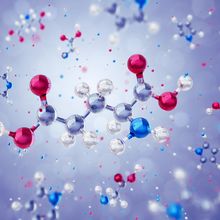
Protein Makeover with Custom Amino Acids
Laura Tran, PhD | Dec 2, 2024 | 2 min read
With a plug-and-play strategy, researchers engineer proteins with new functions.
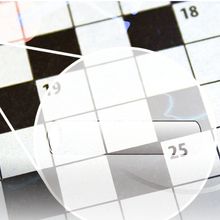
Science Crossword Puzzle
Stella Zawistowski | Dec 2, 2024 | 1 min read
Put on your thinking cap, and take on this fun challenge.
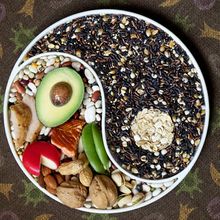
A Keto Diet Could Enhance Cancer Drug Effectiveness
Paige Nicklas | Nov 29, 2024 | 4 min read
In mice, a ketogenic diet remodeled the translatome of pancreatic cancer cells, rendering them vulnerable to targeted therapy.
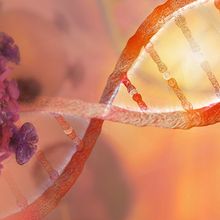
How Some Cancer Cells Survive Chemotherapy
Sahana Sitaraman, PhD | Nov 26, 2024 | 4 min read
Chemotherapy drugs can kill cancer cells by halting DNA replication, but a glucose-depleted environment can help cancer cells overcome this effect and resist death.

A Viral Investigation of Bathroom Biomes
Laura Tran, PhD | Nov 26, 2024 | 4 min read
Hidden on toothbrushes and showerheads, bacteriophages reveal a viral ecosystem and its potential to create healthier living spaces.
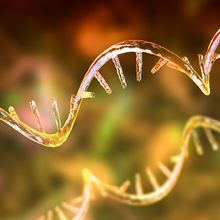
Probing the Structure of mRNA Molecules
Shimadzu | Nov 25, 2024 | 1 min read
Learn how scientists examine mRNA quality using an easy-to-operate LC-MS system.
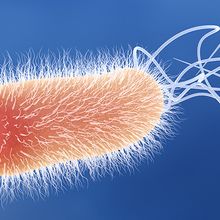
Pseudomonas Bacteria Escape Immunity by Disrupting Energy Production in Macrophages
Kamal Nahas, PhD | Nov 25, 2024 | 4 min read
Pseudomonas infections are tough to treat, but a new study reveals a chemical they use to subdue macrophages, suggesting new therapeutic avenues.
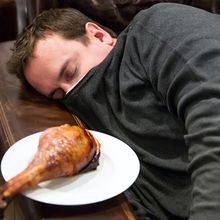
Why Does Thanksgiving Dinner Make Some People Sleepy?
Shelby Bradford, PhD | Nov 25, 2024 | 4 min read
Urban myths cry turkey, but the science behind why Thanksgiving feasts induce sleep suggests otherwise.
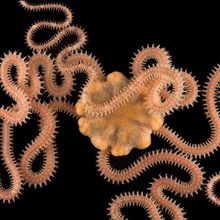
Diving Into the Brittle Star Genome to Understand the Evolution of Regeneration
Sneha Khedkar | Nov 22, 2024 | 4 min read
The sequenced genome of the brittle star revealed unique gene arrangements and provides insights into ancient genes involved in limb regeneration.
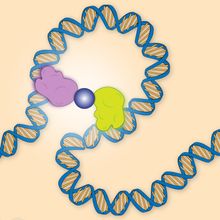
Combining Bacterial Systems Offers a New Approach to Gene Regulation
Shelby Bradford, PhD | Nov 22, 2024 | 4 min read
Researchers turned programmable proteins into a novel genetic tool, potentially enabling tighter control of gene expression.
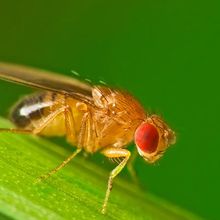
How the Fly Brain Knows When to Release Insulin
Sneha Khedkar | Nov 21, 2024 | 4 min read
An enzyme synthesized in the fly gut travels to the brain, where it induces insulin-like peptide secretion.